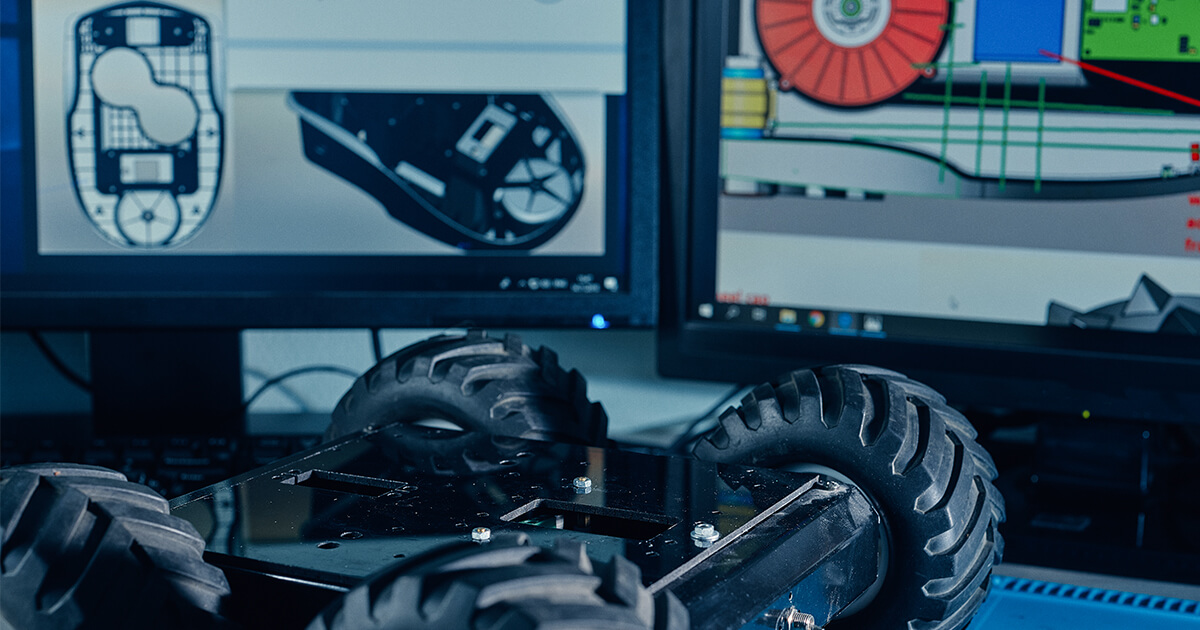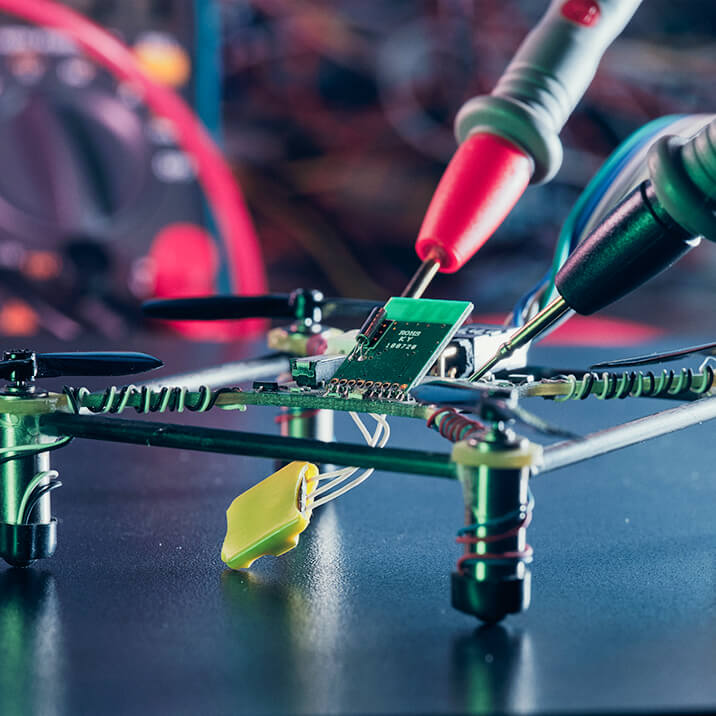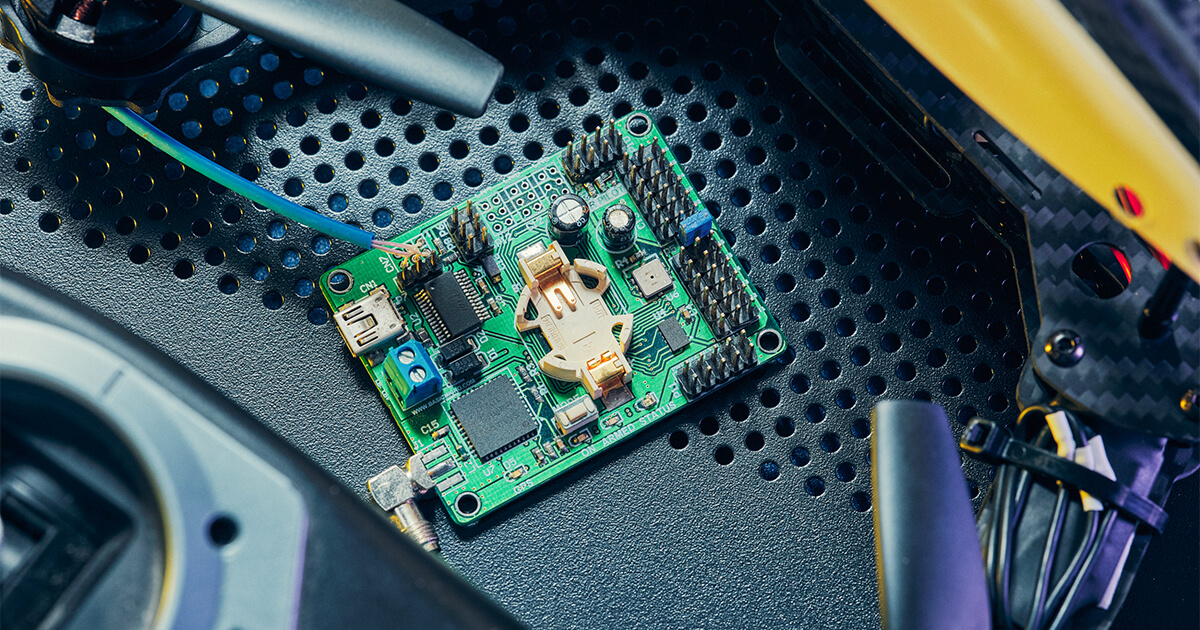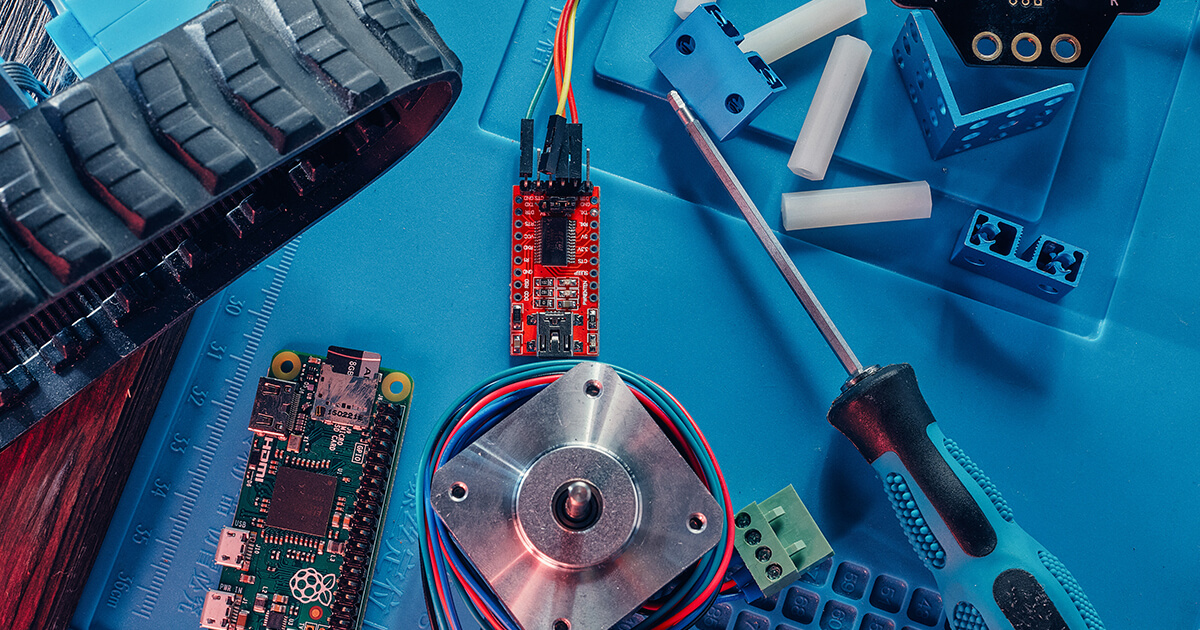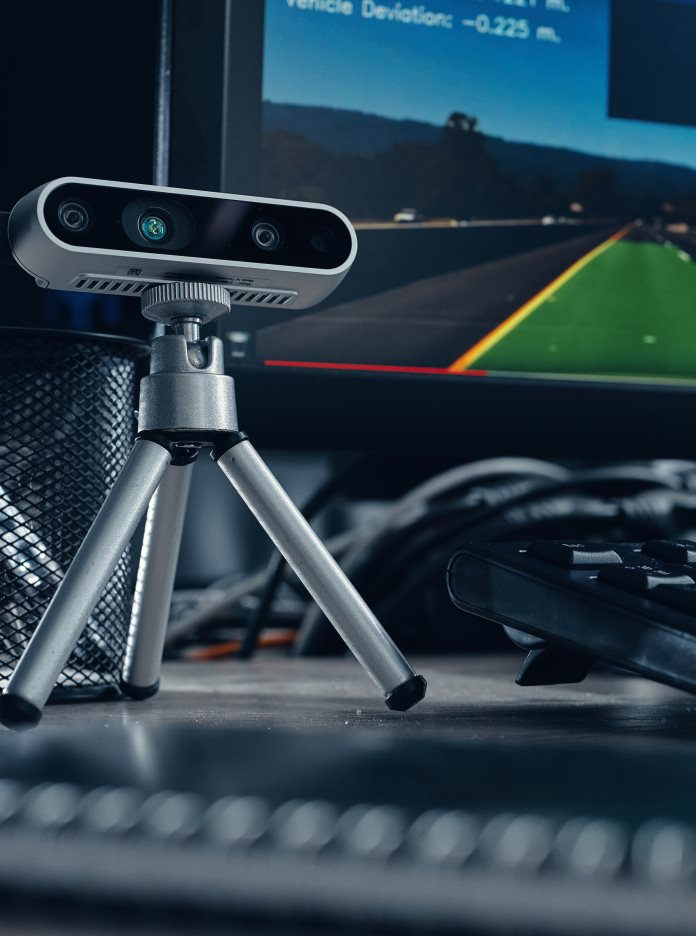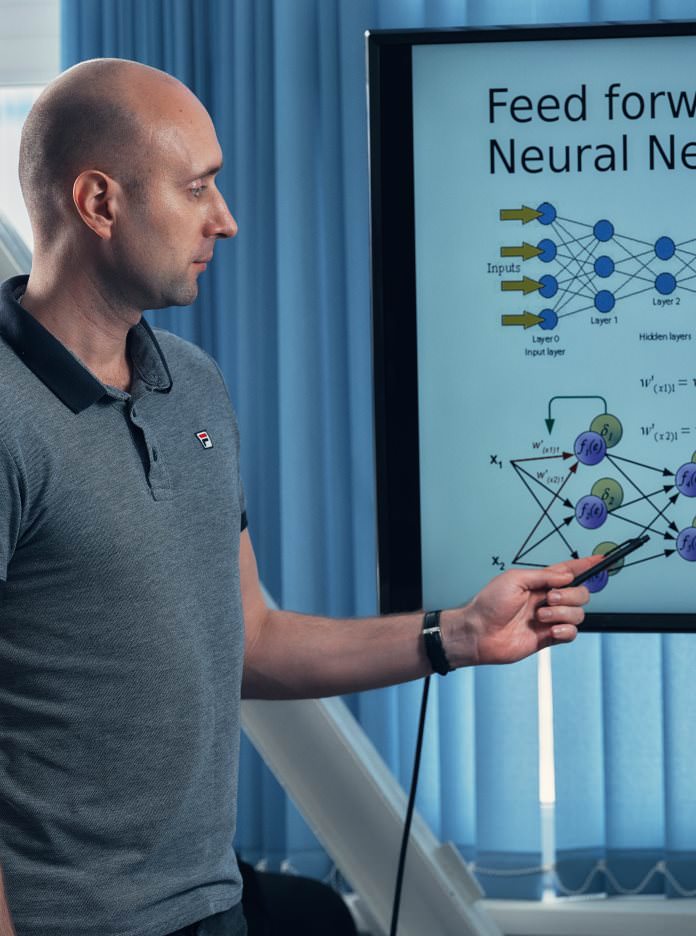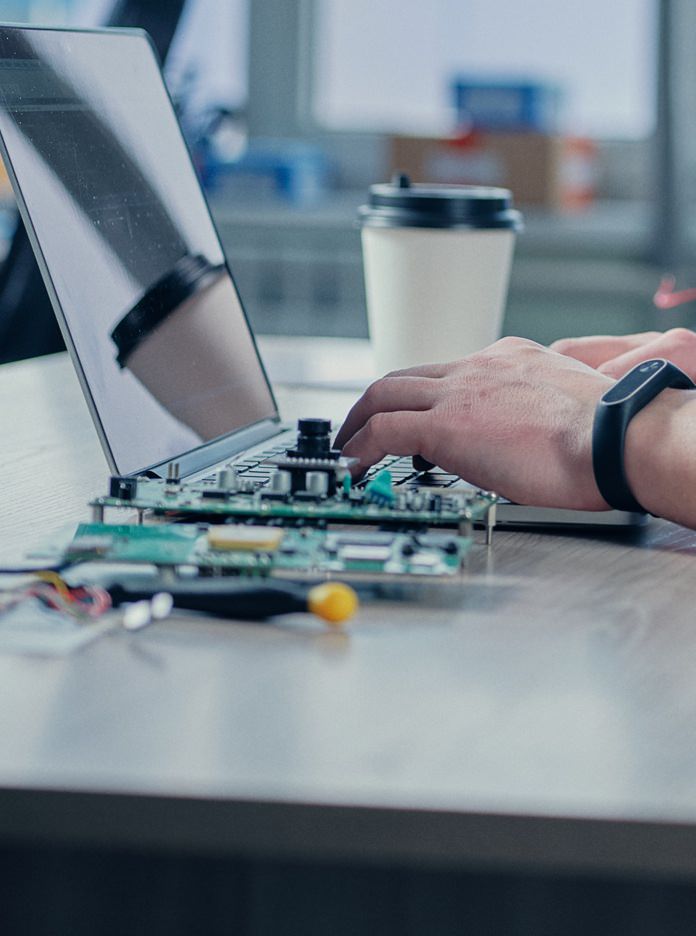This website uses cookies so that we can provide you with the best user experience possible. Cookie information is stored in your browser and performs functions such as recognising you when you return to our website and helping our team to understand which sections of the website you find most interesting and useful.
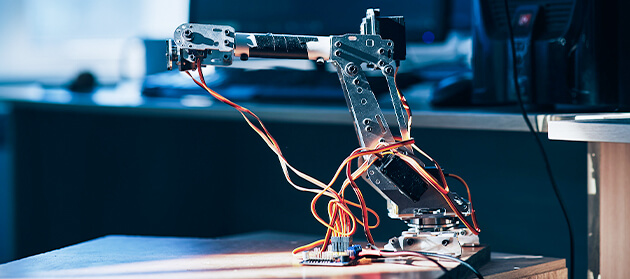
Robotics Development Services
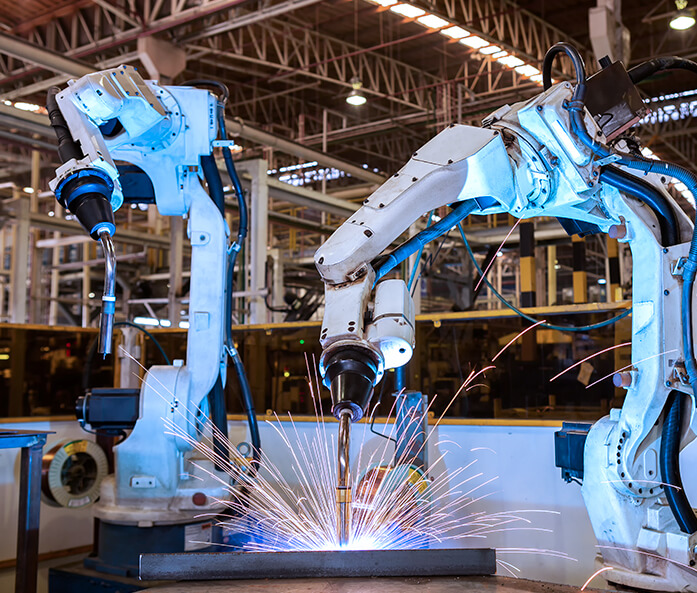
What we do
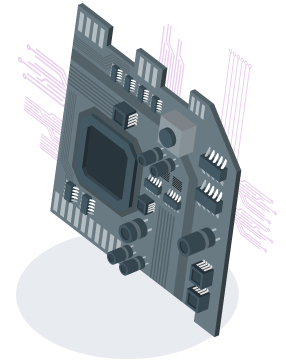
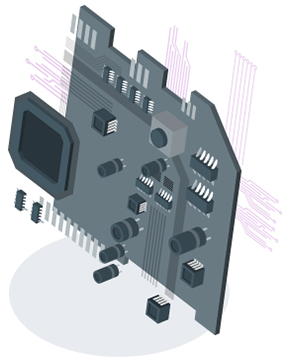
What’s included
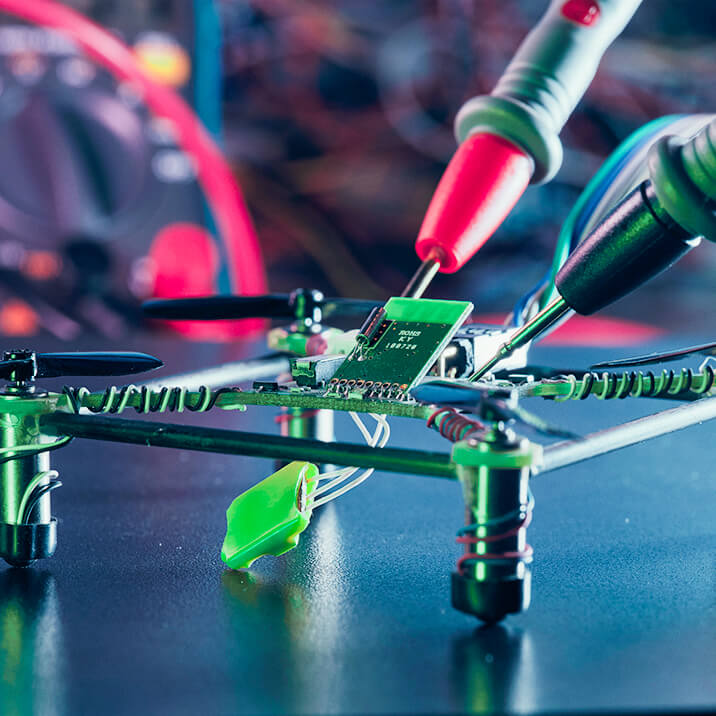
Flying Drones
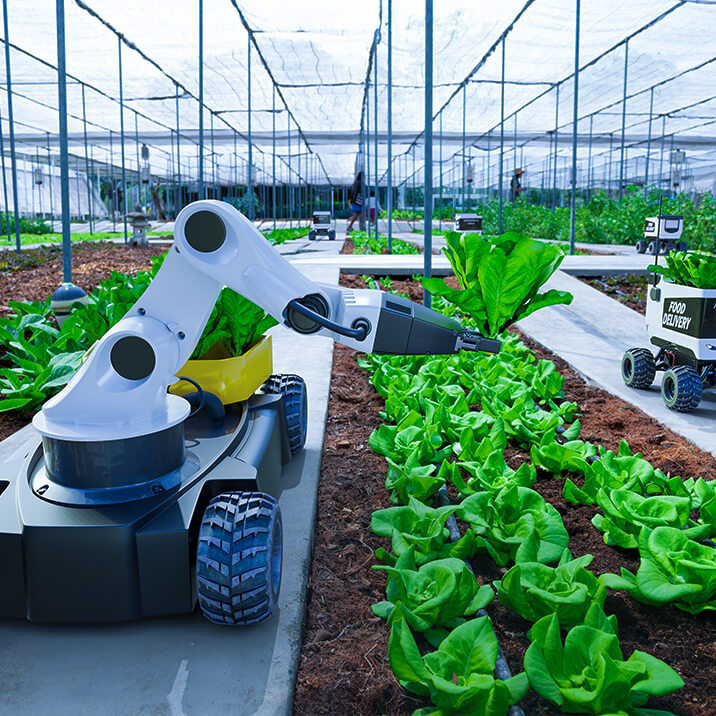
Robots on Wheels
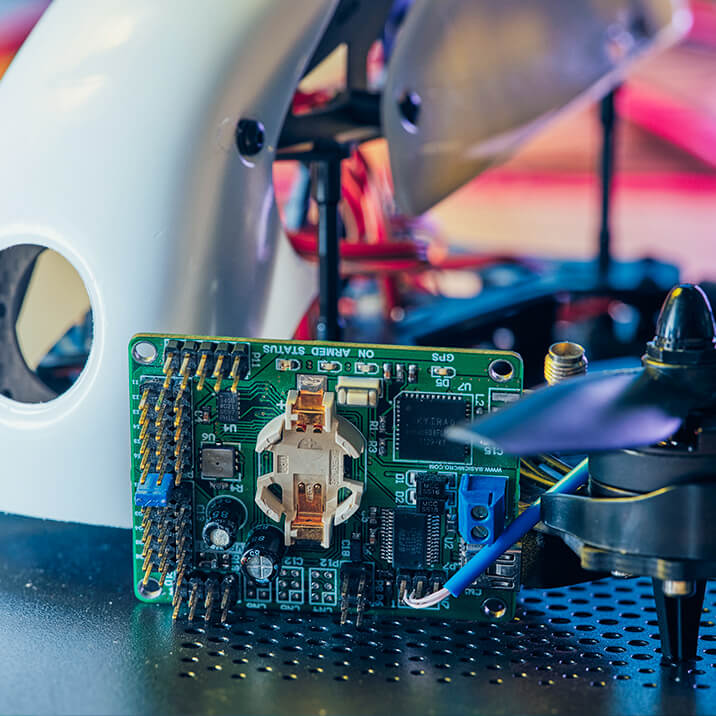
Autonomous Movement
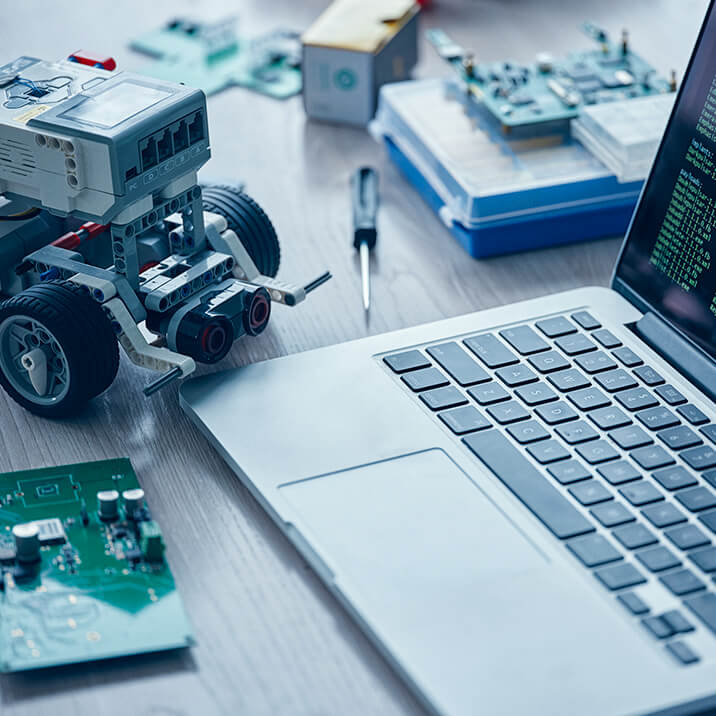
Applications for Robot Operating System (ROS)

Have an idea?
SUBMIT A PROJECT
Our projects
Awards






Why choose Integra Sources

Integration
- Adaptation to customers’ management systems
- Integration into customers’ development processes

Flexibility
- Flexibility in development
- Flexibility in communication

Communication
- High level of communication
- Personal account management
- Legal security guarantee

Transparency
- Transparency in development processes
- Customer’s dashboard
- Clear timelines
Industries
LEARN MORE ABOUT THE INDUSTRIES WE WORK WITH
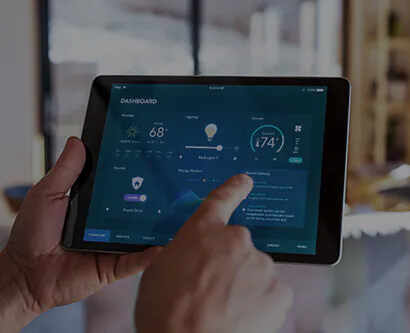
Consumer Electronics

Power Electronics
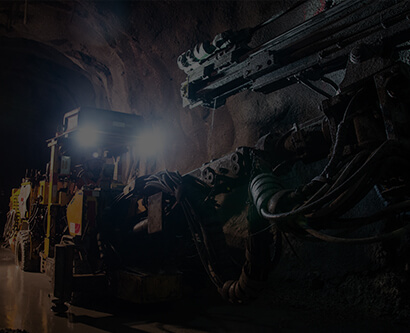
Extractive Industry & Manufacturing
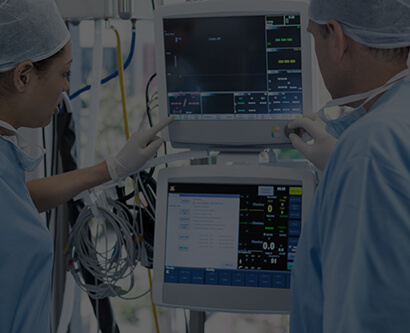
Healthcare

Logistics & Transportation

Science & Education
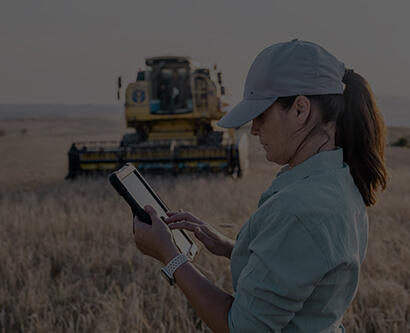
Agriculture

Entertainment
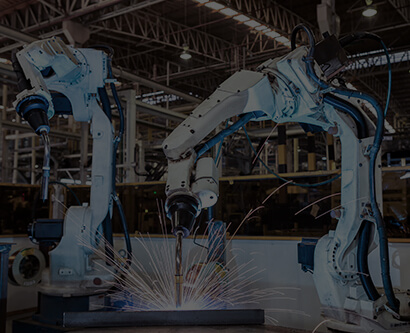
Robotics






Our tech stack
Languages



Cloud Platforms
OS
Frameworks and Toolkits
Processor Architectures
IDE


ECAD Software
Interfaces
Wireless Technologies


Math and Simulation Tools
Data Communications Protocols
Vendors
Testing and certification
Explore our workflow

GO TO HOW WE WORK PAGE
We get acquainted with the concept of the future product and sign a non-disclosure agreement. The team gathers project requirements, studies relevant documents, and analyzes rival products on the market. At this phase, a preliminary project evaluation is made.
We contact the customer to confirm the project requirements. Then we create a technical specification and set a budget and deadlines.
We make the final evaluation of the project, make up a team, and schedule its workload.
We sign a contract for robotic development. The team gets to work.
We select components, design schematics and PCB layouts, and create one or more prototypes. The team identifies and eliminates bugs, and optimizes the performance of the devices. Customers receive daily reports on the progress. If necessary, the plan can be amended.
In parallel with hardware development or right after that, the team starts creating the necessary software. Depending on the project requirements, we create firmware, embedded software, applications, or server software.
The team tests all the functions of the device and software. We check their performance under corresponding operating conditions and run some tests required for product certification. If necessary, the product is then modified.
After the tests, we finalize the documentation necessary for mass manufacturing, including the bill of materials, Gerber files, etc. We can also prepare manuals if the product is designed for in-house use.
When the development process is finished, customers can enjoy a free warranty period. During this time, the team will fix any bugs and defects in the product.


